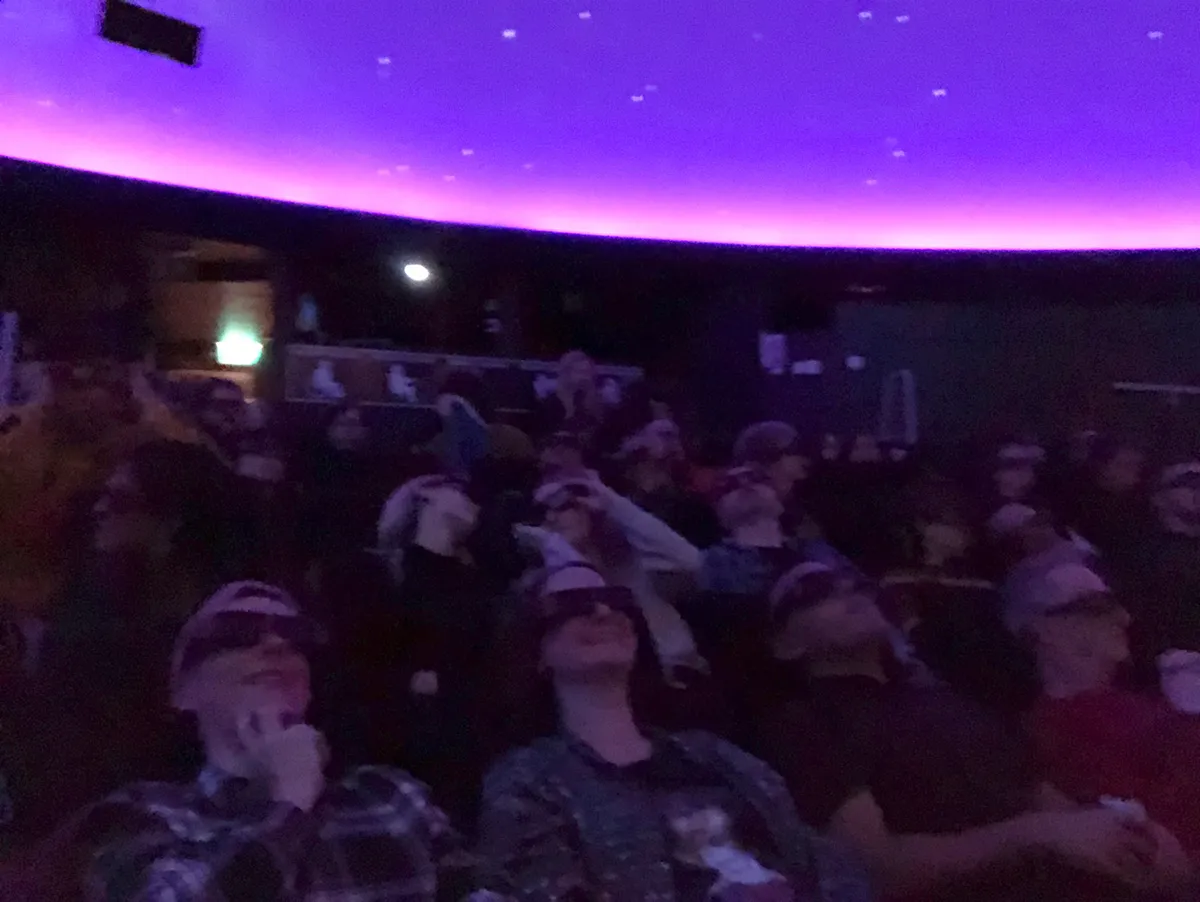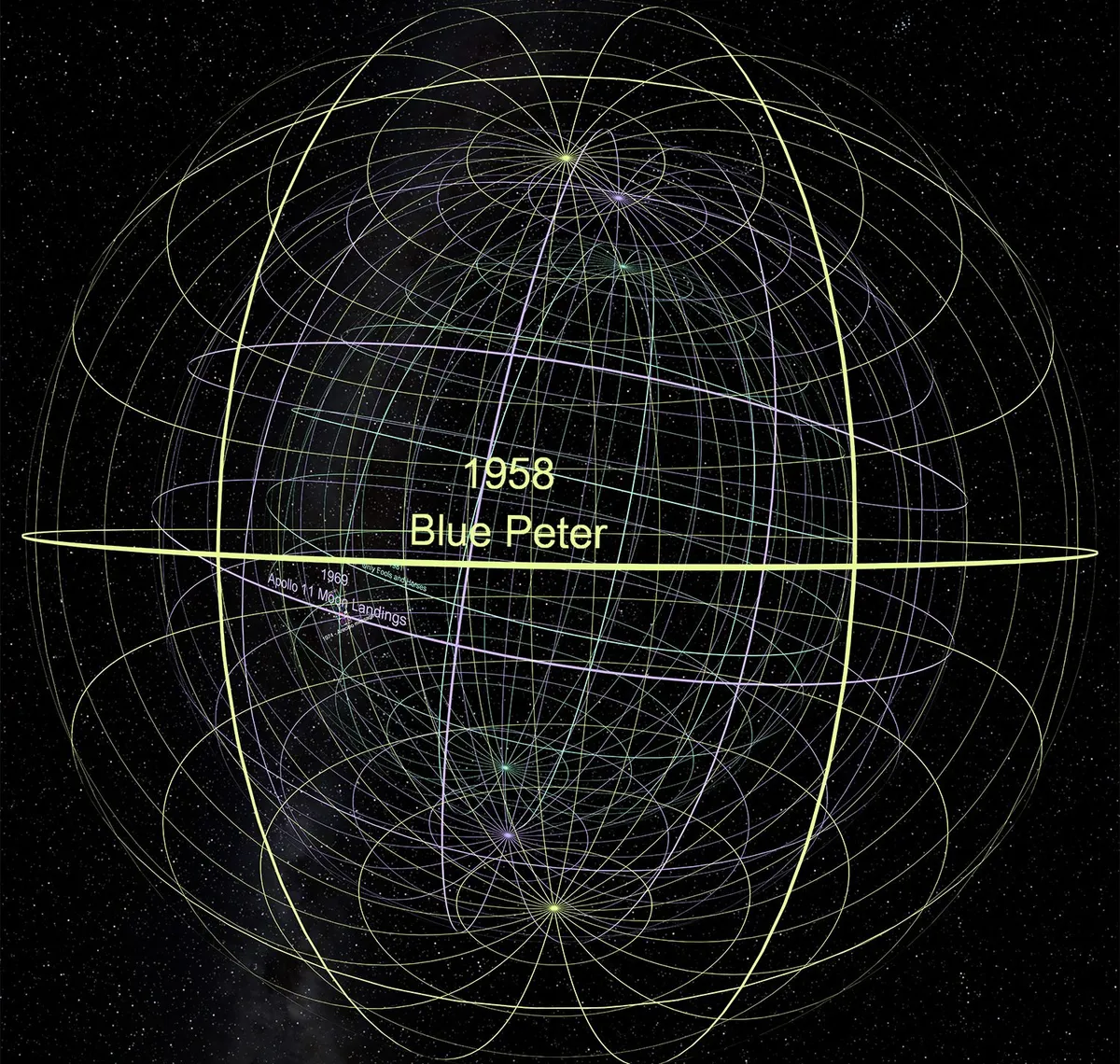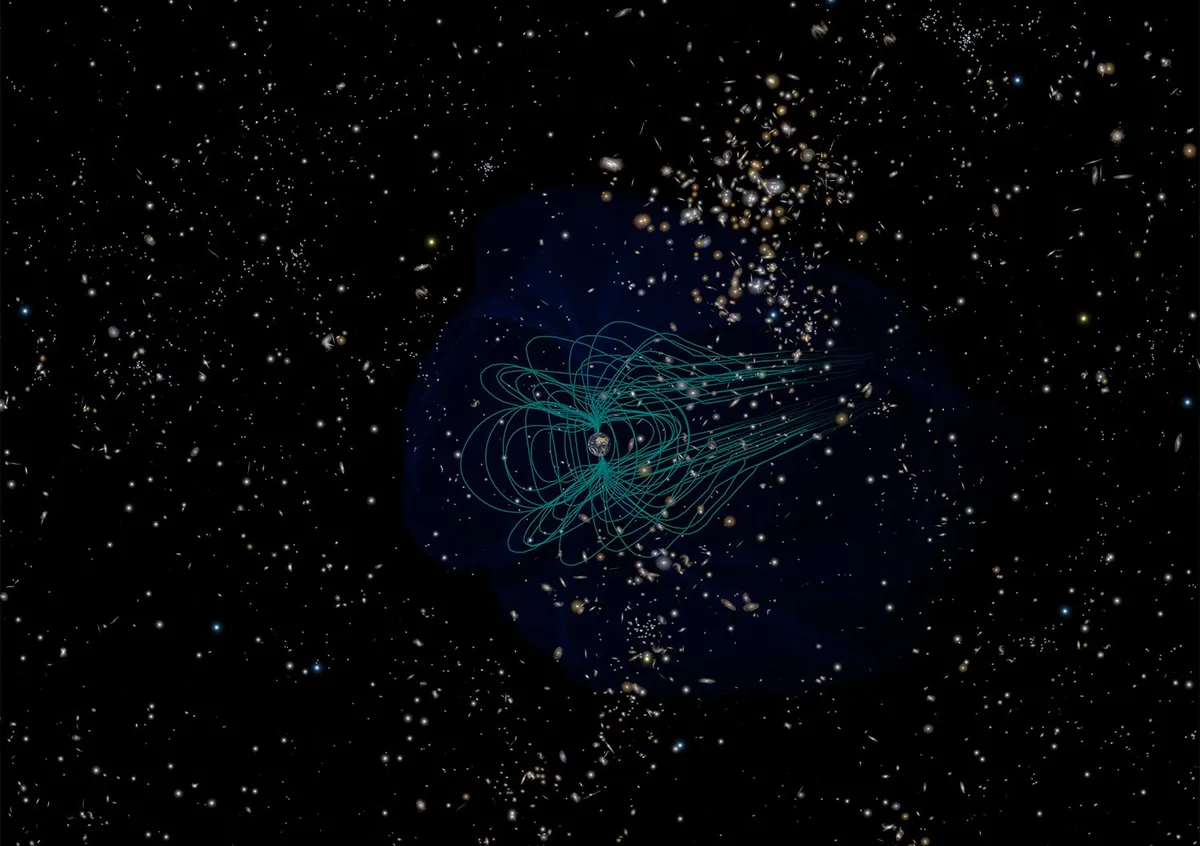Lying back in our reclining chairs inside the Bristol landmark of We The Curious’s silver sphere, the planetarium audience began by donning our 3D glasses. Immediately the slowly rotating planet of Mars on the dome above us popped into three dimensions, seemingly floating somewhere above our heads.
“It was here on Mars that the idea of alien life really got a boost,” said presenter Paul Cornish as the planet changed from full colour, hi-res satellite photography to a black and white drawing from an earlier age of astronomy.
“Back in the 19th century, Italian astronomer Giovanni Schiaperalli observed the Red Planet through his large refractor and described what he saw in his native tongue of Italian as ‘canale’.
“Instead of ‘channels’, the word was wrongly translated as ‘canals’ in the English-speaking countries, and the idea that there was intelligent life capable of engineering a planet-wide network of waterways on Mars really took off,” Cornish explained.
So began the fascinating, hour-long, 3D enquiry into the question of alien life.

We flew dizzingly close to crop circles (not evidence of alien life); explored the importance of the ‘Wow!’ signal picked up in 1977 (still the strongest contender for an alien radio transmission); and covered SETI’s Arecibo Message, sent out in 1974.
We learned that it’s not just intelligent alien life we’re searching for.
Perhaps the strongest chance of success in our quest could be missions to the moons and planets in the Solar System which could harbour simple microbial life.

As Cornish explained, we flew through the ice jets of Enceladus, where just this month fresh analysis of data from the Cassini mission has identified potentially life-forming organic compounds.
All of a sudden we were coming up quickly on Mars. The speed of the descent was eye-widening, the planetarium’s 17 hard drives working seamlessly to create a convincing transition from the blackness of interplanetary space to the red-grey atmosphere of the Red Planet’s surface.
Here we joined the Curiosity mission searching for evidence for life and the likely environments for it, and saw overlays of the recently discovered subglacial lake at Mars’s south pole.

As the show drew to an end and the audience rose reluctantly from the comfort of their reclining captain’s chairs, we realised that we’d been given the latest cultural and scientific background to this big question of alien life in the Universe.
There can be few more enjoyable ways of having more lurid, alien autopsy-type claims demystified than voyaging across space in an ultra high-resolution 3D planetarium, a drink from the bar in hand.
Planetarium Nights: Life in the Universe 3D is showing now at We the Curious Planetarium, Anchor Square, Bristol. Tickets for the 16+ shows are £9.95 (£8.95 concs.) and can be booked here.

